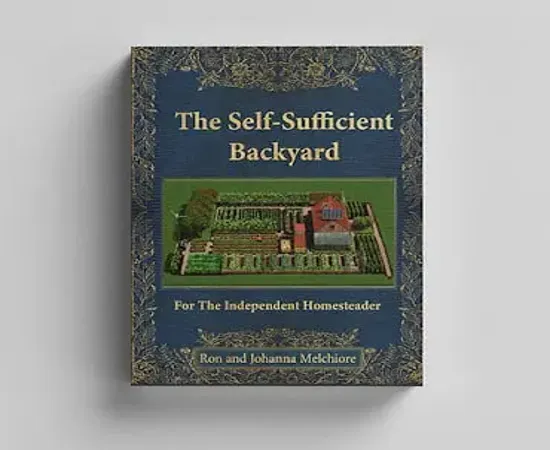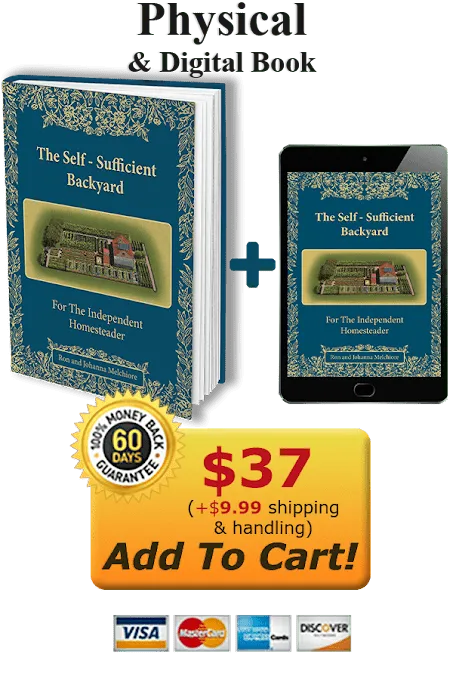Introduction
Transforming your outdoor space into a self-sufficient backyard is not just a trend; it’s a sustainable lifestyle choice. By growing your own food, generating energy, and recycling waste, you can reduce your carbon footprint and live in harmony with nature.
Benefits of a self sufficient backyard
There are numerous benefits to cultivating a self-sufficient backyard. Not only does it provide you with a fresh and healthy food source, but it also promotes self-reliance, reduces your dependence on external resources, and encourages a deeper connection with the environment.
Environmental Benefits
By growing your own organic produce and using renewable energy sources, you can significantly lower your carbon emissions and contribute to a healthier planet.
Health Benefits
Consuming homegrown fruits and vegetables free from harmful pesticides and chemicals can improve your overall health and well-being.
Cost-Effective
By growing your own food and harnessing natural resources, you can save money on groceries and utility bills.
Detailed Explanation
Cultivating a self-sufficient backyard involves planning, dedication, and a bit of creativity. To create a thriving ecosystem, you can start by planting a variety of fruits, vegetables, and herbs that are well-suited to your climate. Implementing water-saving techniques such as drip irrigation and rainwater harvesting can help conserve water resources. Additionally, setting up composting bins and vermiculture systems can turn your food scraps into nutrient-rich soil for your garden.
Frequently Asked Questions
1. How to plant a self-sufficient garden?
To plant a self-sufficient garden, start by selecting a sunny location, preparing the soil with organic matter, choosing crops that thrive in your climate, and practicing sustainable gardening techniques such as crop rotation and companion planting.
2. Can I make my backyard self-sufficient on a small scale?
Yes, even a small backyard can be turned into a self-sufficient space by maximizing vertical gardening, utilizing containers for growing food, and incorporating permaculture principles.
3. Is the self-sufficient backyard book by Ron and Johanna worth buying?
The self-sufficient backyard book by Ron and Johanna provides valuable insights and practical tips on creating a sustainable outdoor space. It is a comprehensive guide for beginners and experienced gardeners alike.
4. Are there any self-sufficient backyard projects I can start with?
Yes, you can begin by setting up a vegetable garden, installing a rainwater collection system, building a composting station, and installing solar panels for energy generation.
5. Where can I find the self-sufficient backyard free PDF?
You can find the self-sufficient backyard free PDF online on various gardening websites and forums dedicated to sustainability.
Conclusion
Creating a self-sufficient backyard is a rewarding journey that allows you to live in harmony with nature, reduce your environmental impact, and enjoy the fruits of your labor. By embracing sustainable practices and maximizing the resources at your disposal, you can cultivate a thriving ecosystem right in your own backyard.


